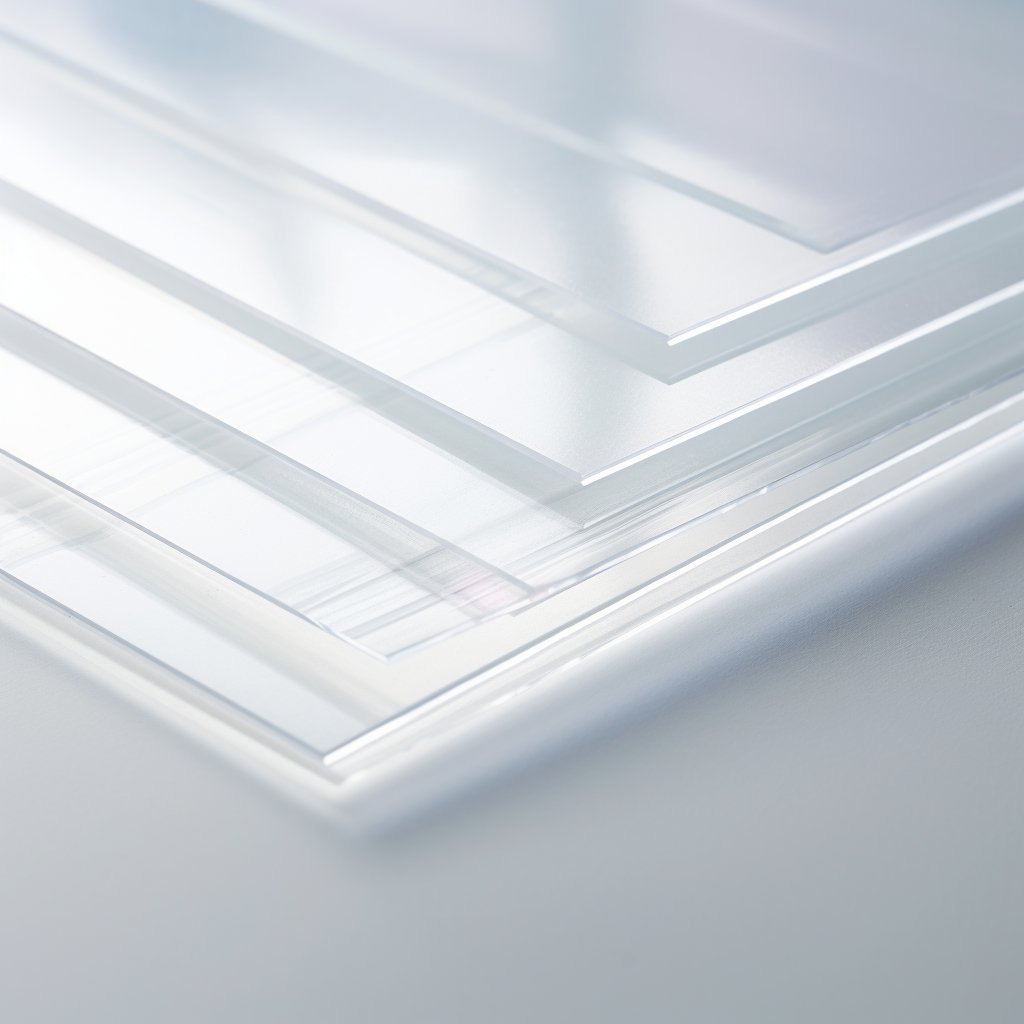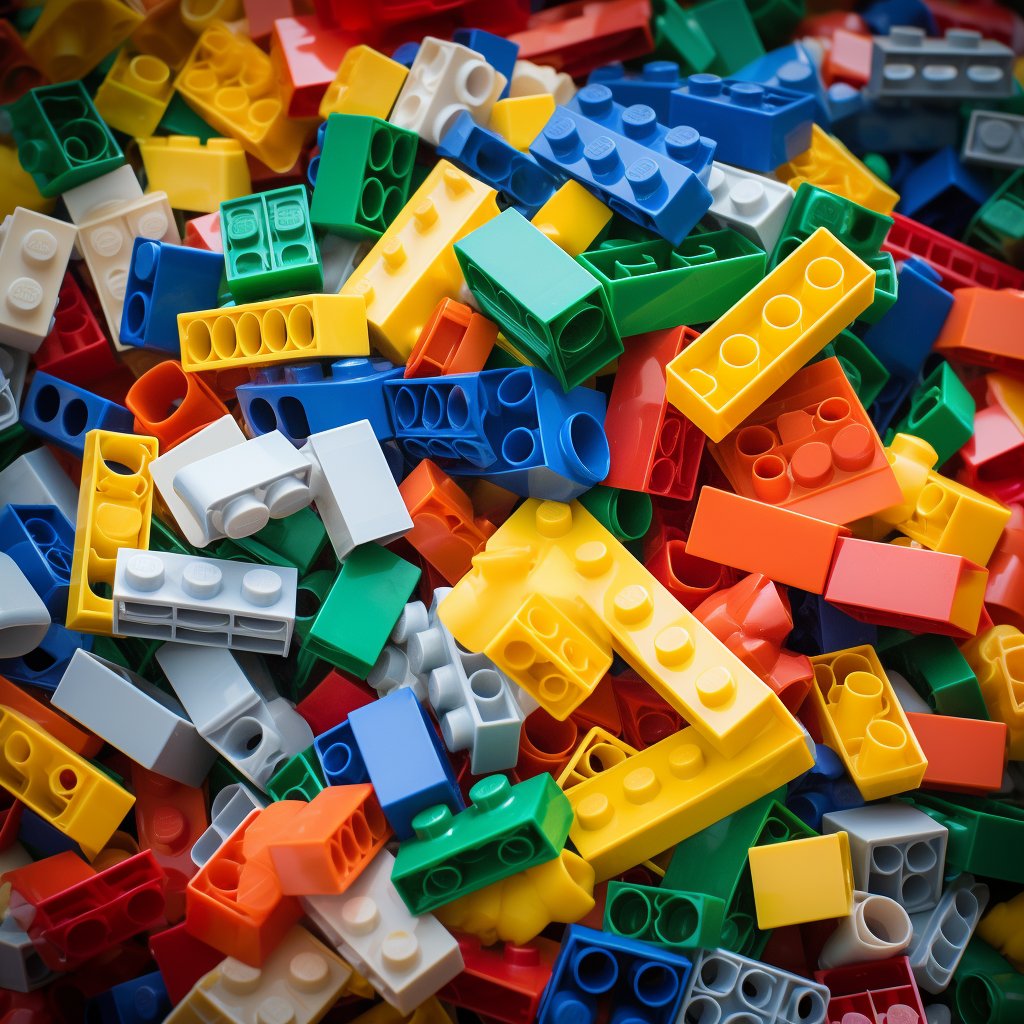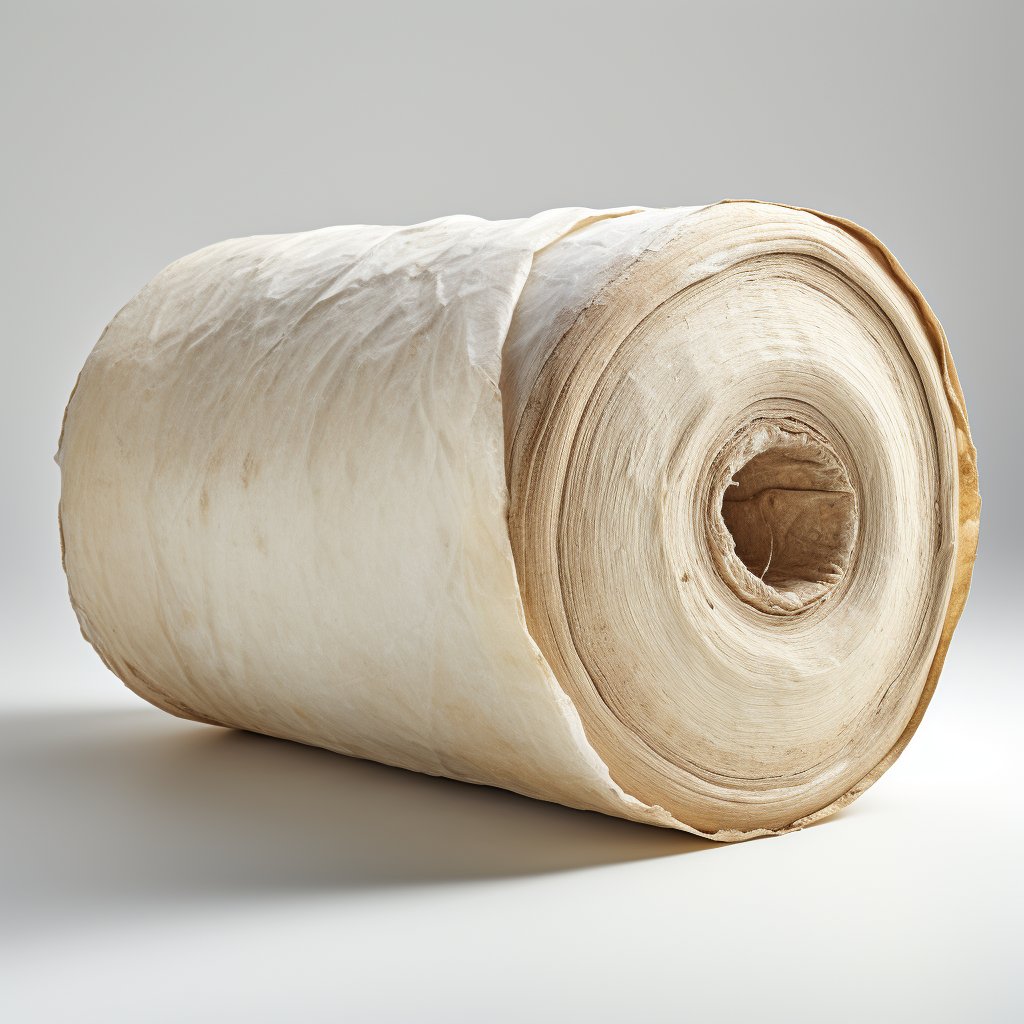Butadiene is a colourless, non-corrosive gas that is produced from the processing of petroleum. It is a crucial raw material used in the production of synthetic rubber and other polymer-based products.
Butadiene was first discovered in 1863 by the French chemist, Charles Soubeiran. However, it was not until the early 1900s that its industrial uses were discovered. In the 1930s, the production of synthetic rubber, which is made from Butadiene, began on a large scale, mainly for use in the automobile industry.
Butadiene is a versatile and widely used material in the plastics industry, with applications in synthetic rubber, plastics, and other polymer-based products. As the demand for these products continues to grow, so does the need for sustainable and environmentally friendly production and disposal methods. Recycling of Butadiene-based products has emerged as a critical solution to reduce waste, conserve resources, and mitigate environmental impacts.

What is Butadiene:
Butadiene is a four-carbon diene with the chemical formula C4H6. It is a highly reactive molecule with two carbon-carbon double bonds that allow for its easy polymerisation. It is a colourless, non-corrosive gas that has a slightly sweet odour.
Material Properties:
Butadiene has unique material properties that make it ideal for use in the plastics industry. It is highly flammable and can be explosive when mixed with air. It is soluble in organic solvents and water, and it can be polymerised with the help of catalysts. Butadiene is also very flexible, and its polymer has a high elasticity and low glass transition temperature.
Industrial Usage:
The primary use of Butadiene is in the production of synthetic rubber. It is also used in the production of other polymer-based products such as plastics, resins, and latex. Butadiene is an essential raw material for the plastics industry, and it is used to make a wide range of products, including adhesives, coatings, and sealants.
Application Areas:
The use of Butadiene extends beyond the production of synthetic rubber and plastics. It is also used in the production of other products such as antioxidants, surfactants, and pharmaceuticals. Butadiene is also used in the recycling industry as it is a vital component in the production of recycled rubber.
Consumer Product Examples:
Butadiene-based products are ubiquitous in our daily lives, and they can be found in many consumer products. For example, synthetic rubber made from Butadiene is used in the production of tires, hoses, belts, and gaskets. It is also used to make latex gloves, adhesives, and coatings.
Advantages and Disadvantages of Butadiene Compared to Alternative Plastics:
One of the significant advantages of Butadiene is its flexibility, which makes it an ideal raw material for the production of synthetic rubber and other polymer-based products. Additionally, Butadiene-based products have excellent resistance to abrasion, making them durable and long-lasting. Butadiene is also relatively inexpensive, and its production is easy and scalable.
However, Butadiene has some disadvantages when compared to alternative plastics. For example, it is highly flammable and can be explosive when mixed with air. Additionally, Butadiene-based products are not biodegradable, which can lead to environmental concerns if not properly disposed of or recycled.
Butadiene Recycling:
The recycling of Butadiene-based products is essential for environmental sustainability. Fortunately, Butadiene-based products are recyclable, and the recycling process can be carried out through mechanical or chemical means. Recycled Butadiene-based products can be used in the production of new products, reducing the need for new raw materials.
The recycling of Butadiene-based products is essential for environmental sustainability. Fortunately, Butadiene-based products are recyclable, and the recycling process can be carried out through mechanical or chemical means.
Mechanical Recycling:
Mechanical recycling involves the use of physical processes to break down and reform Butadiene-based products. The process involves shredding, grinding, and washing the products, followed by melting and reforming into new products. Mechanical recycling has several advantages, including reduced energy consumption and reduced greenhouse gas emissions. Additionally, it is a relatively simple and cost-effective process.
Chemical Recycling:
Chemical recycling involves breaking down Butadiene-based products into their constituent monomers through the use of chemical processes. The monomers can then be used to produce new Butadiene-based products. Chemical recycling has several advantages, including the ability to recover high-quality monomers, reduced energy consumption, and the potential to recycle a wider range of products. However, it is a more complex and expensive process than mechanical recycling.
Advantages and Disadvantages of Butadiene Recycling:
The recycling of Butadiene-based products has several advantages, including the conservation of resources, reduced landfill waste, and reduced greenhouse gas emissions. Additionally, recycling reduces the need for new raw materials, leading to reduced energy consumption and production costs.
However, Butadiene recycling also has some disadvantages. For example, the recycling process can be expensive and energy-intensive, and the quality of the recycled products may be lower than that of new products. Additionally, recycling requires significant investment in infrastructure and technology, which can be a barrier to entry for some companies.
Environmental and Global Impact:
The recycling of Butadiene-based products has a positive impact on the environment by reducing waste, conserving resources, and reducing greenhouse gas emissions. Additionally, recycling can help to reduce the reliance on fossil fuels by providing an alternative source of raw materials.
On a global level, the increasing demand for Butadiene-based products and the need for sustainability are driving the development of new recycling technologies and processes. The recycling industry is expected to grow significantly in the coming years, driven by increasing demand for recycled products and growing environmental concerns.
Market Price Developments:
The market price of Butadiene is influenced by various factors such as supply and demand, production costs, and global economic conditions. In recent years, the market price of Butadiene has been volatile, with periods of both high and low prices. The COVID-19 pandemic had a significant impact on the Butadiene market, resulting in a decrease in demand and a subsequent drop in prices.
Future Market Prognosis:
The future market prognosis for Butadiene is positive, driven by the increasing demand for synthetic rubber and other polymer-based products. The growing demand for Butadiene-based products in the automotive, construction, and consumer goods industries is expected to drive the market growth. Additionally, the recycling of Butadiene-based products is expected to become more prevalent, leading to a reduction in the need for new raw materials and increasing sustainability in the industry.
Butadiene:
Butadiene is a crucial raw material used in the production of synthetic rubber and other polymer-based products. Its advantages include its flexibility, durability, and low production cost, while its disadvantages include its flammability and non-biodegradability. The recycling of Butadiene-based products is essential for environmental sustainability, and the market prognosis for Butadiene is positive, driven by increasing demand and a growing emphasis on sustainability.
The recycling of Butadiene-based products is essential for environmental sustainability and reducing the reliance on new raw materials. Mechanical and chemical recycling processes are both viable options for recycling Butadiene-based products, each with its advantages and disadvantages. While the recycling process can be expensive and energy-intensive, the positive environmental impact makes it a worthwhile investment for companies and industries. The increasing demand for Butadiene-based products and the need for sustainability are driving the growth of the recycling industry, making it an exciting and important area of development in the plastics industry.
The future of Butadiene and its products looks promising, as innovations in recycling, sustainability, and the circular economy continue to drive growth and demand. By understanding the properties, advantages, disadvantages, and recycling options of Butadiene-based products, companies and industries can make informed decisions that benefit the environment and the economy.






